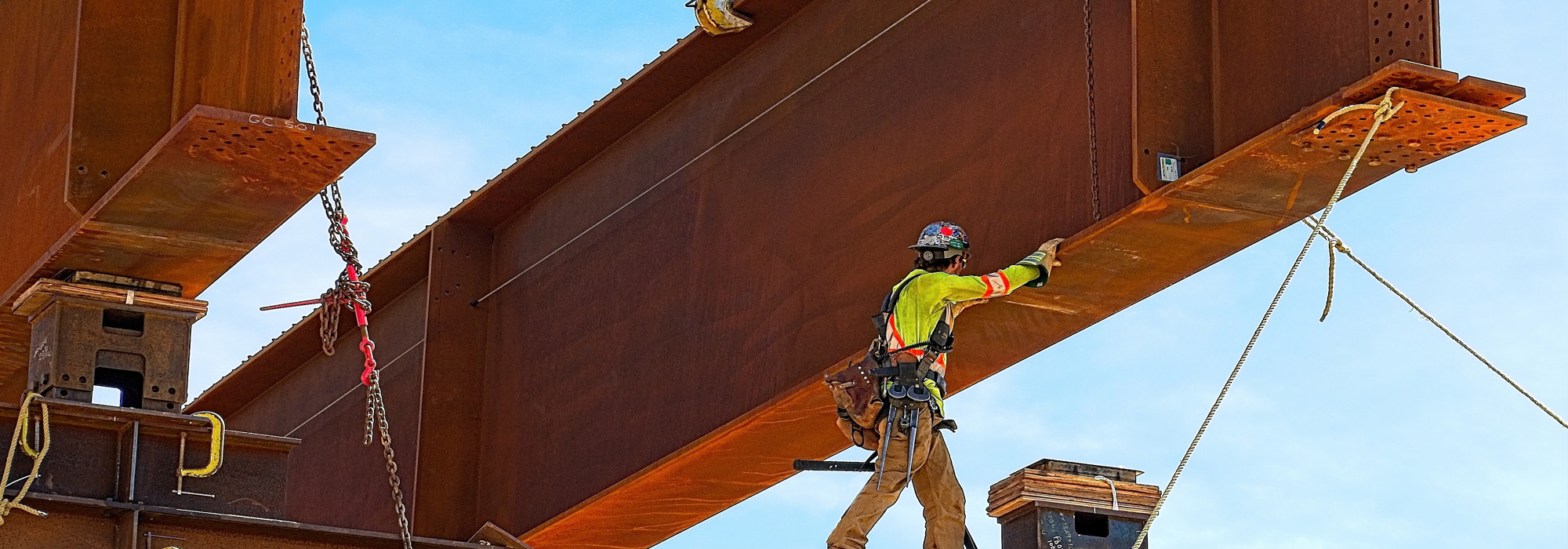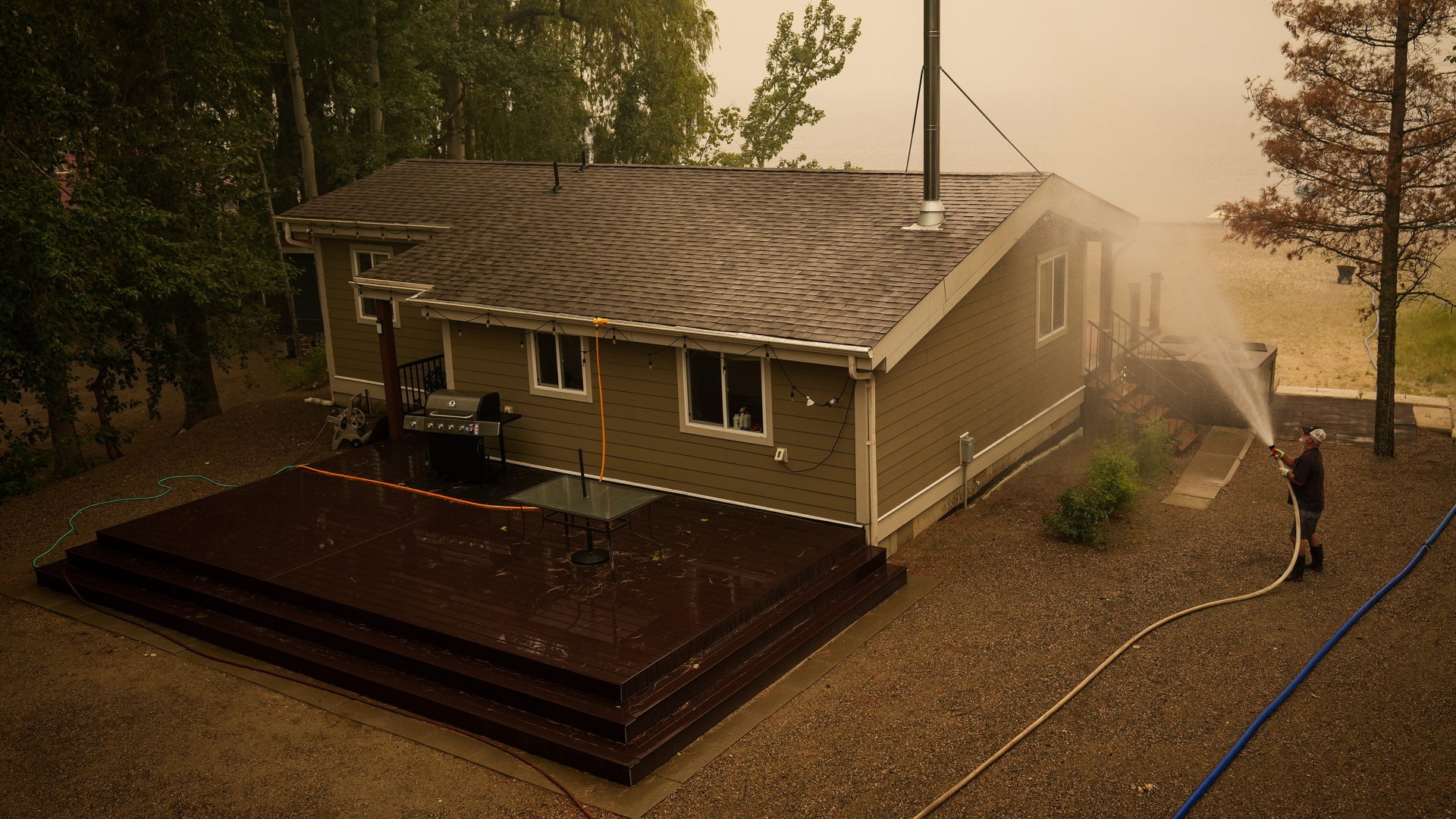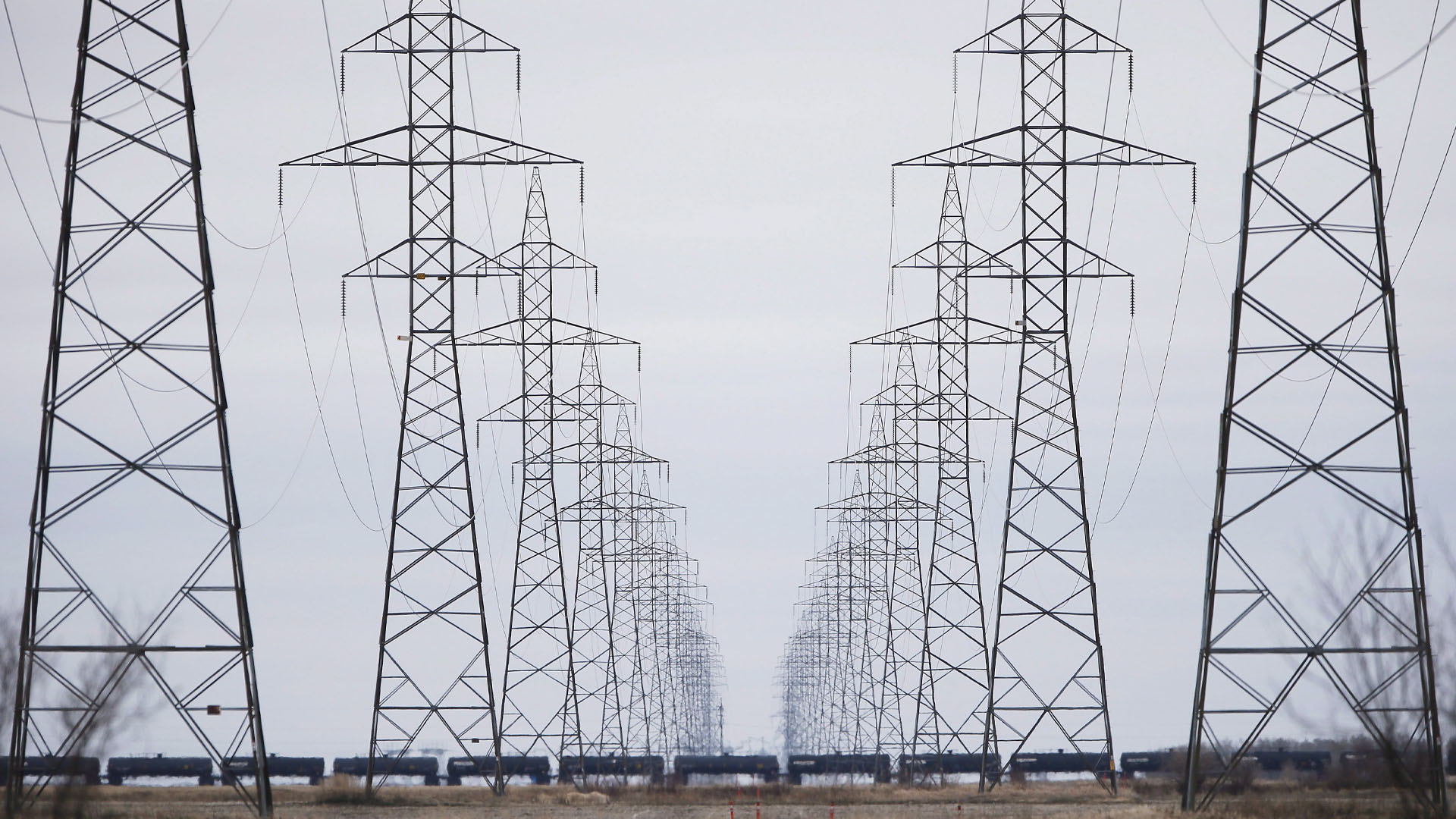
There’s an opportunity to fight climate change that is literally all around us. It’s the road you took to get where you are. It could be the building where you’re sitting right now.
Public infrastructure – airports, bridges, transmission lines, wastewater systems – is everywhere, which makes it an obvious target for cutting emissions. The sheer amount of ground it covers means we could make a real dent in Canada’s carbon footprint by changing the way governments make infrastructure spending decisions. And yet it’s an opportunity seldom discussed.
The Government of Canada plans to invest $180 billion in public infrastructure over the next decade. It’s a key opportunity to get our public infrastructure spending right. If we don’t, we risk being locked in to the wrong path for decades – with expensive retrofits being our only option to later cut pollution and ensure our buildings and bridges can stand up to increasingly severe weather events.
The advantages of smart infrastructure spending are detailed in a new report from Clean Energy Canada, which draws on expertise from professionals and stakeholders.
Here is why we should target public infrastructure in our climate-change efforts, and push governments to spend dollars differently:
Emissions will be reduced
Infrastructure produces pollution. It happens when we heat buildings, for example. It happens when we process the materials needed for the building – or for a road – or when we transport those materials to the site, and finally when we demolish the building or road when it’s past its prime. In Canada, buildings account for nearly one-quarter of emissions. Add all other infrastructure to the mix, and that makes for a hefty portion of our country’s carbon footprint.
New approaches to infrastructure projects can put us on a lower-carbon path. Emissions can be reduced by using fewer materials, by better matching materials to projects, and buying materials sourced closer to home. For example, expanding a highway by reusing existing pavement instead of buying and transporting virgin materials can significantly reduce carbon-dioxide emissions.
Savings for taxpayers
Tackling emissions in public infrastructure goes beyond doing what’s right for the environment and cutting pollution. It’s also about doing what’s right for Canada’s budget – and your wallet. Using new approaches to determine which infrastructure projects are funded can help stretch precious taxpayer dollars.
Take the University of British Columbia’s new student residence, Brock Commons Tallwood House. It’s one of the tallest mass timber hybrid structures in the world – 18 storeys – built from components prefabricated offsite, which allowed it to be completed fewer than 70 days after the materials were delivered to the site. Careful design and prefabrication of components allowed for quick installation, reducing waste and the need to transport and dispose of that waste. That in turn lowered emissions for the project. And with the efficient design, fewer repairs to the building are forecast, further reducing emissions later in the building’s life. The cost to build Brock Commons was comparable to that of a traditional concrete building.
Taxpayer dollars can also be saved by building infrastructure that lasts. Severe weather events such as wildfires, windstorms and floods are increasingly harming our communities and costing Canadians more in insurance claims. We now see an average of $1.8 billion in insured losses a year. And for every dollar paid out by Canadian insurers to homes and businesses, it’s estimated the Canadian government pays out $3 to fix public infrastructure.
We want infrastructure that can withstand the impacts of a changing climate and keep us safe over the long-term.
A lower carbon footprint is good for business
Smart infrastructure decisions can support Canadian businesses. Canada’s green building industry alone was worth $23.5 billion as of 2014 and directly supports an estimated 298,000 jobs. Reducing emissions in how and what we build will require lower-carbon materials, products and services – and Canadian companies are stepping up to answer these calls.
Consider CarbonCure, in Dartmouth, NS, which helps reduce the carbon footprint of a key building material by transforming carbon dioxide into concrete. Or BluTip Power Technologies of Surrey, BC: it helps improve fuel efficiency in high-horsepower engines through technology that better monitors and manages fuel consumption.
The government can leverage its buying power to increase demand for these kinds of innovative goods and services, which will also enhance the competitive edge of Canada’s emerging clean companies at home and abroad.
Public infrastructure is powerful. It’s the buildings in which we work, the roads on which we travel, the parks in which we play. As Canada looks to meet its Paris climate targets and build a growing economy with good jobs, let’s not overlook the huge opportunities all around us.
Photo: Shutterstock/by Randy Hergenrether
Do you have something to say about the article you just read? Be part of the Policy Options discussion, and send in your own submission. Here is a link on how to do it. | Souhaitez-vous réagir à cet article ? Joignez-vous aux débats d’Options politiques et soumettez-nous votre texte en suivant ces directives.








